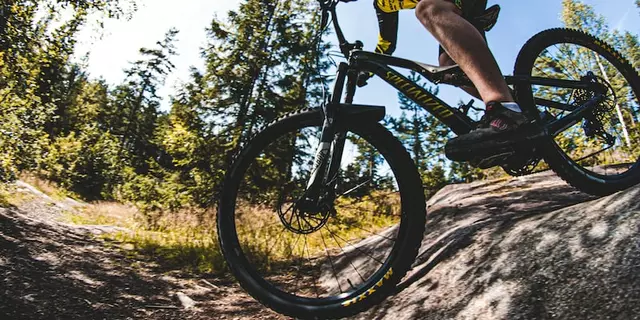Cycling Benefits and Drawbacks: How Riding Impacts You
Thinking about hopping on a bike for your daily commute or weekend rides? You’re not alone – more people are swapping cars for two wheels. Before you roll out, let’s break down what you actually gain and what you might have to deal with. Knowing the pros and cons helps you decide if cycling fits your lifestyle and how to enjoy it safely.
The Upside of Pedaling
First off, cycling is a solid workout that burns calories without feeling like a gym session. A moderate ride can torch 400‑600 calories, strengthen your legs, and improve heart health. Because you control the intensity, you can start slow and build up as you feel comfortable.
Beyond fitness, bike rides lift your mood. Fresh air, outdoor sights, and the rhythm of pedaling release endorphins, which often means less stress after a long day. Many riders report clearer thoughts and a better night’s sleep after a regular ride.
Money talks, too. No fuel bills, cheap maintenance, and low insurance costs add up fast. Over a year, a commuter bike can save you hundreds of pounds compared to driving the same distance.
And let’s not forget the planet. Every mile you bike instead of driving cuts carbon emissions, reduces traffic congestion, and lowers noise pollution. It’s a small habit that contributes to a cleaner, greener community.
Things to Watch Out For
Nothing’s perfect, and cycling comes with its own set of challenges. The biggest worry for most people is the risk of injury. Falls, collisions, and overuse strain are real, especially in busy traffic or on rough surfaces. Wearing a proper helmet, using lights, and following local traffic rules dramatically lower those risks.
Maintenance can be another headache. Tires need regular checks, chains need lubrication, and brakes must stay responsive. While basic upkeep is easy to learn, it does take time and a bit of money for parts and tools.
Storage is often overlooked. Not everyone has a secure spot to lock a bike at home or work. Without a safe place, theft becomes a genuine concern. Investing in a strong lock and finding a sheltered area can help protect your ride.
Lastly, weather can limit when you feel like riding. Rain, snow, or extreme heat may make a bike less appealing or even unsafe. Having a backup plan—like public transport or a flexible work schedule—keeps you from feeling stuck when conditions turn bad.
Bottom line: the benefits of cycling—better health, saved cash, and a greener environment—generally outweigh the drawbacks. By planning ahead, using proper gear, and staying aware of traffic, you can enjoy most of the upside while keeping the downsides in check. Ready to give it a go? Grab a bike, set a realistic goal, and start feeling the difference on the road.

What are the benefits of bicycling? Are there any drawbacks?
Cycling is a great way to stay active, reduce your carbon footprint, and save money on transportation. It can also help improve your physical and mental health, as well as your overall wellbeing. However, cycling can also come with some drawbacks, such as the risk of injury, the need to store and maintain the bicycle, and the need to adhere to local laws and regulations. Overall, the benefits of cycling outweigh the drawbacks and it is a great way to stay healthy, reduce your carbon footprint, and save money.
View More



